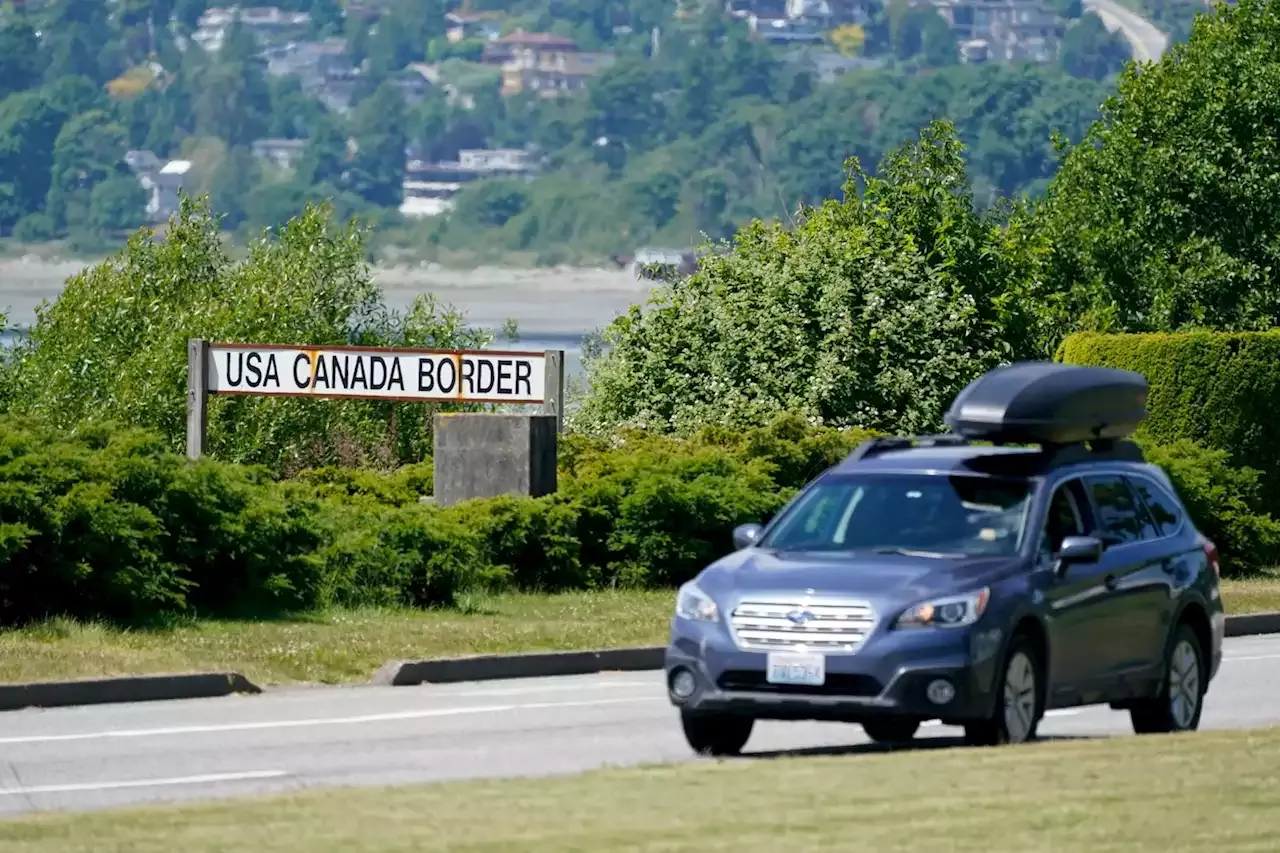Perspective: I was wrongly detained at the border. It’s part of a larger problem.
We tend to forget that we live in a surveillance state, just not a particularly sophisticated or efficient one. I covered the aftermath of 9/11 up close, so I understand that the U.S. government must protect us from terrorists and criminals. I also get that borders are busy. CBP notes in itsthat on a typical day it processes 491,688 passengers and pedestrians. But how is it possible that the U.S.
at the time that “the name ‘T. Kennedy’ has been used as an alias by someone on the list of terrorist suspects.”and held in a cell following a trip to Singapore because he had the same or similar name as an escaped or wanted felon.Stephen Coulthart, an associate professor at the University at Albany’s College of Emergency Preparedness, Homeland Security and Cybersecurity, estimates that a few hundred separate databases collect information on travelers.
She learned during at least five detainments that she had been mistaken for someone who looked very different from her: “It was an African American man. I’m Caucasian and a woman. Two hundred and fifty pounds, and I’m not 250 pounds. Tattoos. I’m not tattooed.” , called for CBP to increase the use of biometrics such as fingerprints to screen travelers. But Bronk, who served as a State Department official at the U.S.-Mexico border in the early 2000s, also warned that even such systems have their limitations: Longtime farm laborers might have worn down their fingerprints, for example — and hardened criminals could burn theirs off.
